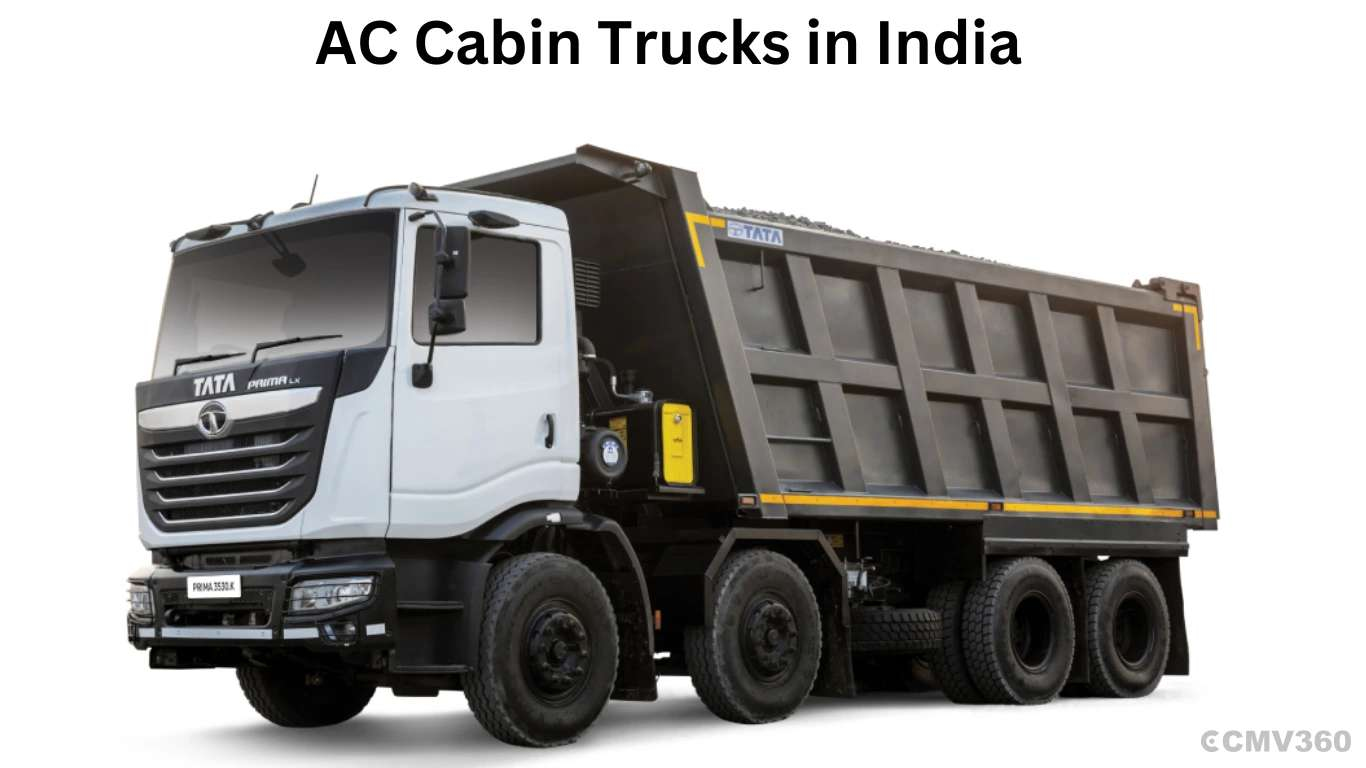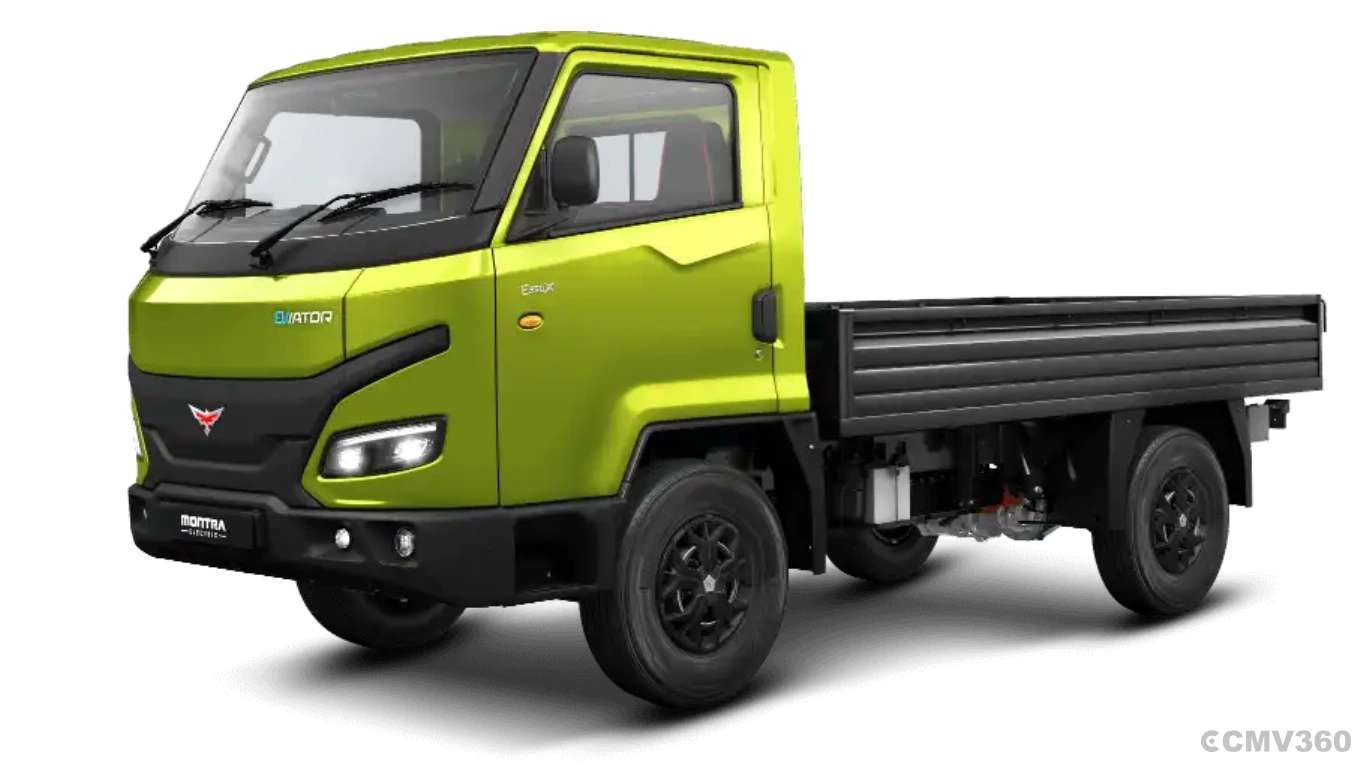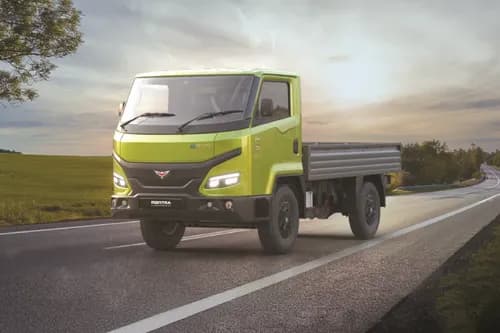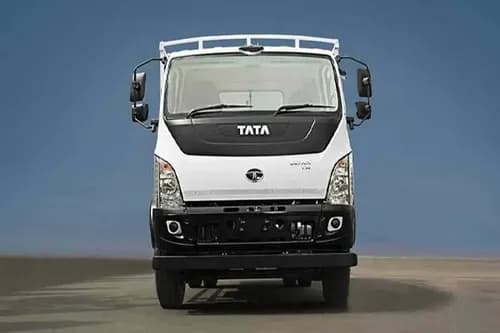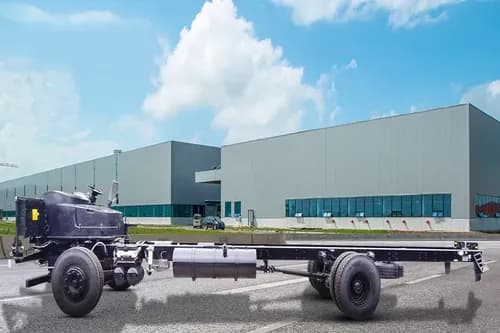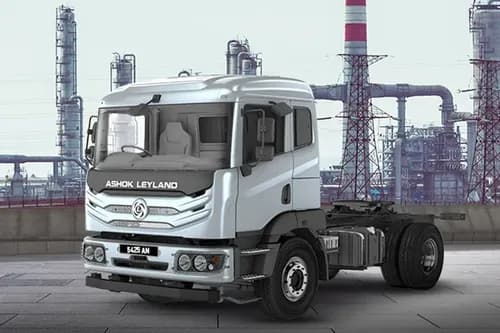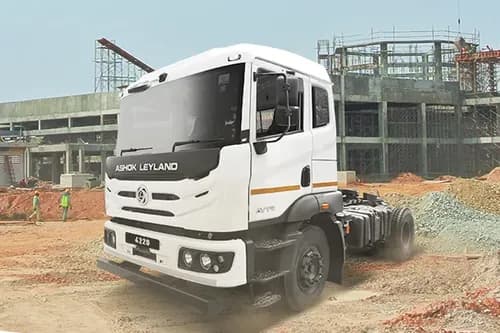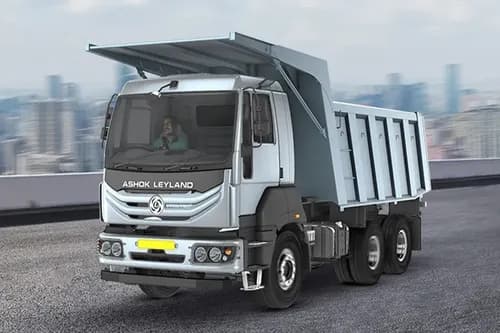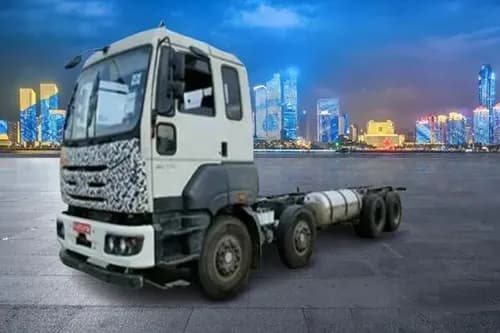Ad
Ad
Indian Government to Standardize Battery Swapping for E-Buses: Should Trucks Be Next?

The Indian government will soon issue guidelines for battery swapping in electric buses, aiming to standardise battery size, weight, and capacity. The report does not mention electric trucks but should be included in a wave of revisions. India committed to achieve net-zero emissions by 2070 at the 26th Conference of the Parties (COP26) in November 2021.
Several initiatives, including FAME I and II for hybrid and electric vehicles in India and the Production Linked Incentive (PLI) scheme for the National Programme on Advanced Chemistry Cell (ACC) Battery Storage (NPACC), aim to increase indigenous battery manufacturing capacity. State governments are implementing additional policies to encourage EV adoption.
This is an important step in the right direction, as heavy-duty vehicles account for one-third of India's road transport emissions. Converting the fleet to electric, whether through retrofitting or electric replacements, should reduce sector CO2 emissions by 2.8-3.8 gigatonnes (cumulatively) by 2050.
Furthermore, being able to swap out the trucks' depleted batteries for fully charged ones in as little as 5-10 minutes reduces operating downtime and allows the vehicle to carry more payload.
India currently has over 4 million trucks, which transport the majority of its road freight. Converting these vehicles to electric powertrains is technically feasible, though the cost of conversion may be substantial. In Australia, Janus Electric created a mechanism to switch a 600 kWh battery on a formerly diesel-powered vehicle in under 2 minutes.
However, converting the truck costs almost AUD 85,000 (~INR 4.7 million). However, this would reduce the truck's operating costs to the point where it would be less expensive than running on diesel for its entire lifetime. To make the transition, India's diesel fleet owners will require regulatory support as well as financial assistance.
Battery Swapping
Electric vehicles traditionally come with "fixed" batteries that can only be charged using a power supply while inside the vehicle, much like how fueling stations are essential for ICE vehicles.
For widespread adoption of EVs, it's crucial to have adequate, affordable, accessible, and reliable charging networks. In India, efforts are underway to enhance the availability of charging infrastructure. However, charging still takes significantly longer than refueling an ICE vehicle.
Battery swapping is an alternative approach where discharged batteries are exchanged for charged ones, offering flexibility by separating charging from battery usage.
This approach minimizes vehicle downtime and is particularly suited for smaller vehicles like 2-wheelers and 3-wheelers with smaller, easier-to-swap batteries. Solutions are also emerging for larger vehicles such as 4-wheelers and electric buses.
Battery swapping offers several advantages over traditional charging methods: it is more time-efficient, saves space, and can be cost-effective, provided that each swappable battery is actively utilized.
Battery swapping is part of the broader "Battery as a Service" (BaaS) business model.
In this model, users purchase an EV without the battery, significantly reducing the initial cost. Instead of owning the battery, they pay a regular subscription fee—whether daily, weekly, or monthly—to service providers for battery services throughout the vehicle's lifetime. BaaS can be applied to both fixed and removable batteries, serving as the framework for implementing battery swapping solutions.
Global Trends in Battery Swapping
China leads the globe in electric truck sales. The country is also leading the market in battery swapping, with 49.5% of electric trucks sold in 2022 being swap-capable.
According to ICCT, the country's electric truck switching stations use mechanised arms to swap batteries in 3-6 minutes for trucks that are generally used on short-haul routes (less than 100 kilometers one-way). The batteries they use are typically rated at 141 or 282 kWh.
The changing stations normally hold seven batteries, and when connected to a fast charger, each battery takes roughly 40 minutes to recharge from a 20-30% state of charge.
The seven batteries were chosen based on simulations of the optimal number of batteries necessary at a switching station, taking into account the number of trucks that would be received, the time it takes to swap, and the time it takes to recharge a depleted battery.
CATL, China's largest battery manufacturer, has created its range of heavy-duty truck changing stations. The stations are intended for CATL's lithium ferrophosphate (LFP) 171 kWH battery packs, and the switching system, known as Qiji Energy, provides a cloud platform that connects station operators, truck drivers, and fleet owners.
The connectivity allows stations to be pre-booked for swaps and fleet operators to plan trucking routes based on station availability. Meanwhile, in the United States, a startup named Ample is collaborating with Japan's Mitsubishi Fuso to develop battery-swappable last-mile delivery vehicles.
Ample believes that these vehicles account for 25-30% of worldwide urban pollution, and the business has also developed a new sort of swapping station that trucks can drive through without having to back out of.
In Germany, the eHaul project is testing trucks weighing up to 40 tons for battery swapping over three years. These are long-haul trucks that travel more than 300 kilometers every day.
India should prioritise battery form factor
The battery must contact the vehicle's powertrain to operate the motors for the change to be successful. When employing robotic arms or any other mechanism to reduce downtime, the battery's contact points must align and connect with the contact points on the truck's powertrain for power to flow out.
This suggests that the battery's form factor will be an important design consideration, especially if batteries from different manufacturers are to be used across multiple vehicle models.
Heavy-duty vehicles, such as trucks and buses, have an advantage over passenger cars in this regard because they typically have fewer manufacturers and models to begin with. This facilitates the standardization of form factors, battery sizes, and forms, as well as the theoretical establishment of interchangeability. As a result, the battery's form factor must be a key standardization element.
Overall, the implementation of battery swapping in the country's ecosystem will be a significant step forward, and not just for passenger vehicles. It's even more important when you consider that in order to attain longer driving ranges and quicker recharging times, batteries and charging points must continue to improve in size and output capacity.
This will increase the HDVs' cost and weight while reducing their payload capacity. Battery swapping is thus an essential component of e-mobility, and a well-planned network of such stations could allow many HDV fleet owners to switch to electric.
Also Read: Your Guide to Electric Vehicle Chargers
CMV360 Says
The Indian government's move to standardize battery swapping for e-buses is promising, but it misses a crucial opportunity by not including trucks. Trucks are significant contributors to emissions, and the ability to quickly swap batteries could be a game-changer, reducing downtime and making electric trucks more viable.
Looking at global examples, it's clear that India should expand its focus to include trucks in these guidelines, ensuring a broader impact on reducing emissions and advancing the shift to electric vehicles.
Features & Articles
Summer Truck Maintenance Guide in India
This article provides a simple and easy-to-follow summer truck maintenance guide for Indian roads. These tips ensure that your truck remains reliable and efficient during...
04-Apr-25 01:18 PM
Read Full NewsAC Cabin Trucks in India 2025: Merits, Demerits, and Top 5 Models Explained
From 1st October 2025, all new medium and heavy trucks must have air-conditioned (AC) cabins. In this article, we will discuss why every truck should have an AC cabin, it...
25-Mar-25 07:19 AM
Read Full NewsBenefits of Buying Montra Eviator In India
Discover the benefits of buying the Montra Eviator electric LCV in India. With best performance, long range, and advanced features, it's perfect for city transport and la...
17-Mar-25 07:00 AM
Read Full NewsTop 10 Truck Spare Parts Every Owner Should Know
In this article, we discussed the top 10 important truck spare parts every owner should know to keep their truck running smoothly. ...
13-Mar-25 09:52 AM
Read Full NewsTop 5 Maintenance Tips for Buses in India 2025
Operating a bus in India or managing a fleet for your company? Discover the top 5 maintenance tips for buses in India to keep them in top condition, reducing downtime, an...
10-Mar-25 12:18 PM
Read Full NewsHow to Improve Electric Truck Battery Range: Tips & Tricks
In this article, we will explore several tips and tricks to improve the battery range of electric trucks in India....
05-Mar-25 10:37 AM
Read Full NewsAd
Ad
Registered Office Address
Delente Technologies Pvt. Ltd.
M3M Cosmopolitan, 12th Cosmopolitan,
Golf Course Ext Rd, Sector 66, Gurugram, Haryana
pincode - 122002
Join CMV360
Receive pricing updates, buying tips & more!
Follow Us
COMMERCIAL VEHICLE BUYING BECOMES EASY AT CMV360
CMV360 - is a leading commercial vehicle marketplace. We helps consumers to Buy, Finance, Insure and Service their commercial vehicles.
We bring great transparency on pricing, information and comparison of tractors, trucks, buses and three wheelers.

